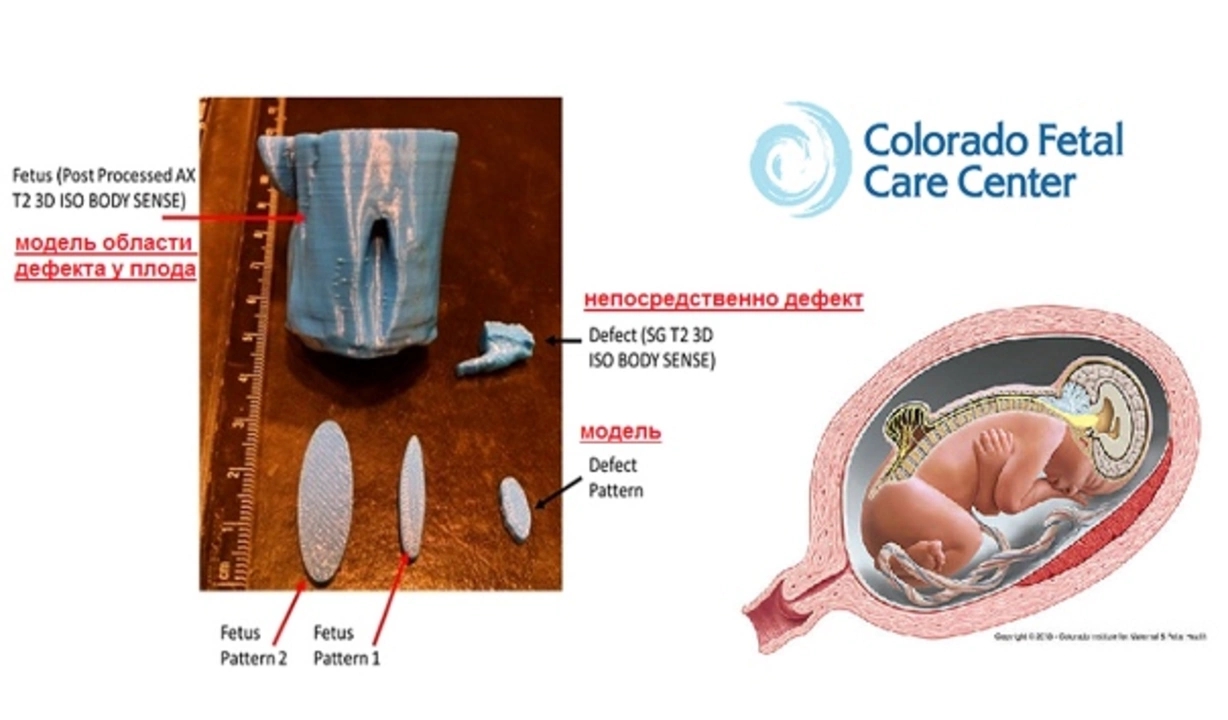Spina Bifida: What to Watch For and How to Manage It
Spina bifida is a birth condition where the spine and spinal cord don’t form properly. Some people have a mild form and never notice it; others need surgery and ongoing care. If you want straight, useful facts and practical steps — this page gives them without medical jargon.
Signs & Diagnosis
Signs vary by type. Spina bifida occulta may cause no symptoms. Meningocele and myelomeningocele often show clear issues at birth: a sac or exposed tissue on the back, weak legs, or trouble with bladder and bowel control. Some kids also develop hydrocephalus (extra fluid in the brain) that needs quick attention.
Pregnancy screening can spot many cases. Common tests include maternal blood alpha-fetoprotein (AFP), detailed ultrasound, and amniocentesis in some cases. After birth, doctors use physical exam, ultrasound, MRI, or CT scans to check the spine and plan treatment.
Care, Treatment & Prevention
Treatment depends on severity. Newborns with open defects often need early surgery to close the gap and lower infection risk. Some children also get a shunt for hydrocephalus. Beyond surgery, ongoing care usually includes physical therapy, leg braces or wheelchairs, bowel and bladder programs, and regular skin checks to prevent pressure sores.
Everyday tips that help: learn proper skin inspection and pressure relief, use adaptive equipment at home and school, follow bowel and bladder routines (clean intermittent catheterization is common), and get regular check-ups with a multidisciplinary team — neurosurgeon, urologist, orthopedist, and rehab therapist.
Prevention is simple and effective for many cases. Women who can get pregnant should take folic acid every day — 400 micrograms (mcg) is the usual dose. If a woman had a previous pregnancy affected by spina bifida, doctors often recommend a higher dose (commonly 4,000 mcg) under medical supervision. Start folic acid before conception and keep taking it through the first trimester.
Genetic counseling can help families understand risks and testing options. If you’re pregnant and get a diagnosis, ask about fetal surgery in specialized centers — it can lower the chance of severe nerve damage in selected cases, but it carries risks and needs careful counseling.
Living well with spina bifida is possible. Early intervention, consistent care routines, and local support services make a big difference. If you notice new weakness, fever, sudden headaches, or changes in bladder/bowel function, contact your care team right away — those can signal complications that need prompt care.
Want clear next steps? Talk with your pediatrician or specialist about a care plan, ask for a referral to a spina bifida clinic if available, and make sure folic acid is part of preconception planning if you’re planning pregnancy.

